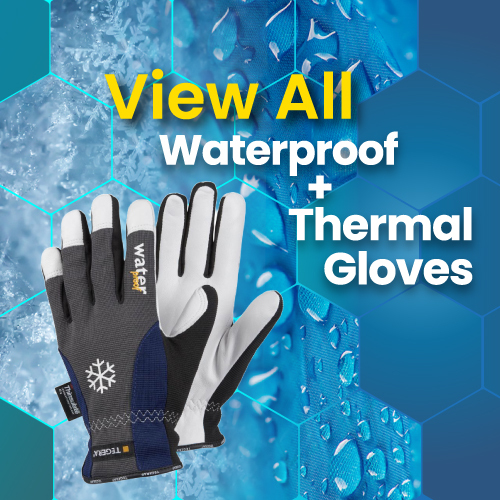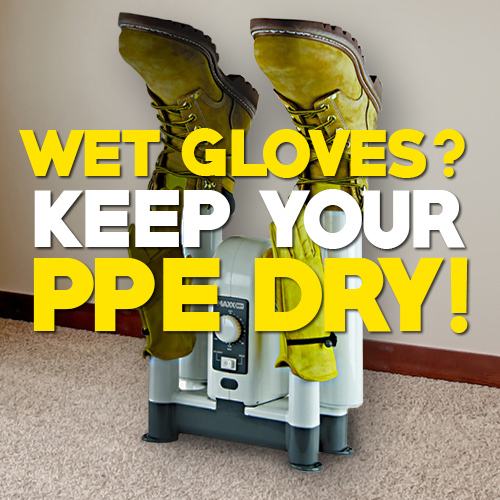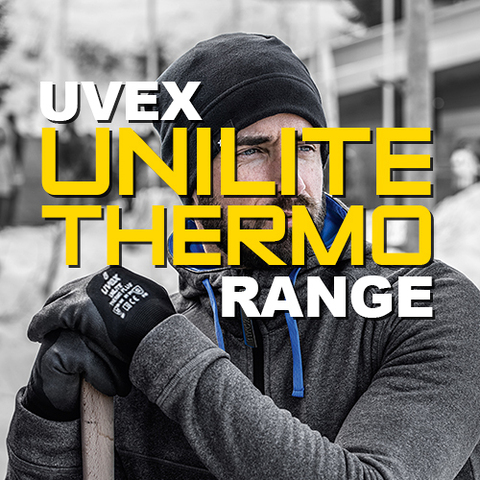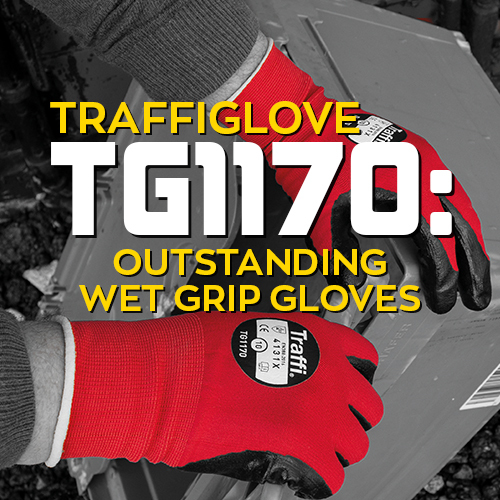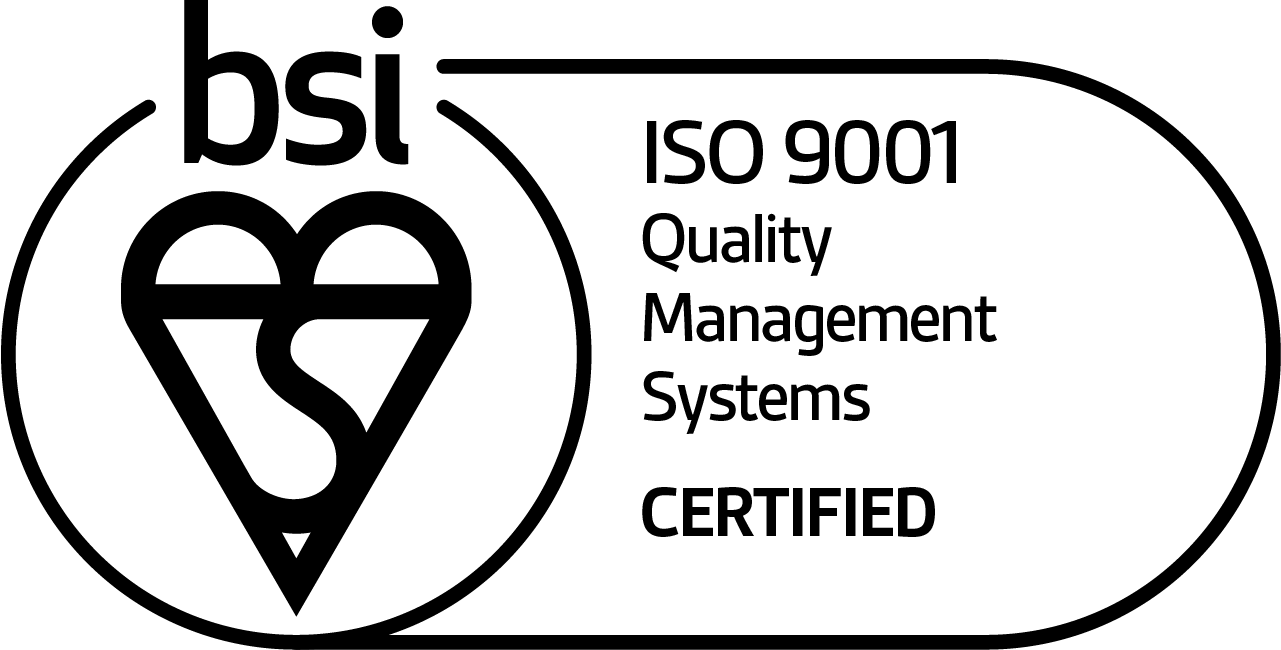Fire Safety Gloves – Know the Specifications11 June 2015 | Alex Fire Safety Gloves: What you Need to Know About StandardsRisking your life going into burning buildings and dealing with fires for the protection of others is one of the bravest things that a person can do. Ensuring that people who deal with fire are protected from its effects is of the highest importance and when it comes to using the right protective equipment, you can't take chances. Luckily, we live in a world where all of our products have been rigorously tested to ensure that they provide the protection that you need — these professional certifications provide you with piece of mind that your equipment is up to snuff. But with all of these different certifications governing all different aspects of glove safety, how are you supposed to know what each specific standard means? At Safety Gloves, we have compiled a blog for helping you to tell the difference between EN specifications and any other standards that you might come across when browsing our range of Firefighting Gloves. EN StandardsWhat are EN Standards?In this article you will hear a lot about "EN Standards" — but what exactly is an EN Standard? Put simply, EN Standards are European standards that govern the production and quality of everything from safety gloves to road grit and everything in between. To achieve an EN Standard, you need to be ratified by one of three European Standardisation Organisations (ESOs): CEN, CENELEC or ETSI. These three organisations have been internationally recognised as having the technical competency and impartiality to ensure that they can accurately test products and determine their value. Why Should I Trust EN Standards?EN standards are recognised all over Europe as the go-to standards for technical products and specifications and there is a good reason why. You can trust that items that meet EN specifications reach a certain level of quality and the standards are also useful for determining the relative merit of similar products. At Safety Gloves, we believe in providing you with the best possible information to allow you to make an informed choice — the right choice. We strive to include as much information about EN Standards as possible, providing you with the necessary information to select the right product for your needs. While we also use some alternative standards, the vast majority of the standards we use are EN. Physical ResistanceEN 388Though EN 388 does not pertain directly to fire safety, many fire safety gloves (for example the Southcombe Firemaster Wildland Gloves) have been specified to EN 388. EN 388 covers the physical resistance and toughness of Safety Gloves across four categories: abrasion resistance, cut resistance, tear resistance, and puncture resistance. When you are dealing with fire, you need to know that your gloves will not be susceptible to cuts or other physical threats that may lower their quality. The physical resistance of a pair of gloves is also a useful gauge for the level of durability that the gloves have, with greater resistance usually meaning a greater lifespan of your work gloves. Abrasion ResistanceResistance to abrasion is highly important to firefighters, as many times you will have to handle rough materials that may abrade your gloves and you need to know that they will last. Abrasion resistance is measured on a scale of 1 to 4 by taking a sample glove and seeing how many cycles (abrasion by sandpaper under a stipulated pressure) is required to abrade the glove. Please see the table below for more details. Cut ResistanceCut resistance allows you to handle sharp objects without risking injury to your hands. EN 388 measures cut resistance on a scale between 1 and 5 by determining how many continuous cycles are needed to cut through the exterior of the sample glove. Tear ResistanceTear resistance is measured on a scale between 1 and 4 by finding the amount of force that is necessary (in newtons) to tear the glove. Tear resistance is a good indicator of how the glove will perform with daily wear and tear. Puncture ResistanceTo measure puncture resistance, the amount of force required to penetrate the glove with a standard sized point is measured. Please be aware that the highest level of puncture resistance may not protect against very sharp points such as glass or needles — please check the individual product pages for more information. Specifications for EN 388 Standard
A video showcasing the cut resistant properties of Southcombe Kevlar Lined Gloves Heat ResistanceEN 366EN 366 measures the behaviour (structural changes & heat transfer) of protective clothing when exposed to a radiant heat source (six electrically heated rods) that is emitting a specific heat flux in kW/m2. EN 366 Testing MethodThere are two different methods that are used to see whether the gloves are suitable:
The gloves are tested at three different temperatures:
EN 366 Expression of ResultsThe results are expressed in the following manner:
EN 367The standard EN 367 allows you to tell how heat is transmitted through materials used in safety gloves. To measure this, a sample specimen is placed above a gas burner and subjected to an incident heat flux of 80 kW/m2; the heat passing through the specimen is then measured by means of a small copper calorimeter on top and in contact with the specimen. The time (in seconds) taken for the temperature to rise 24°C (± 0.2°C) from a starting temperature of 25°C (±5°C) is recorded. The mean results of 3 samples is then calculated as the Heat Transfer Index (HTI24). EN 702To be specified to EN 702 for contact heat transfer, the glove is put in contact with a temperature of 250°C and the time taken to raise the temperature by 10°C is measured. Flame ResistanceEN 407EN 407 is a standard that is used to determine the level of protection that gloves have against a number of thermal hazards. The standard has six different tests that are designed to cover a range of threats, each of which is given a result between 1 and 4, with 1 being the least protection and 4 being the most. Resistance to FlammabilityThe sample is lit with a gas flame, with the flame being held against the material for 15 seconds. After the gas flame has been extinguished, the length of time that material either glows or burns is measured. For more information regarding results, please see the table below. Resistance to Contact HeatThe sample material is exposed to temperatures between 100°C and 500°C and the length of time that it takes the temperature from the inside of the material to heat up by 10°C is measured. The accepted length of time for approval is 15 seconds. Resistance to Convective HeatThe amount of time is measure for the heat from a gas flame at 80kw/kvm to increase the temperature of the inside of the glove by 24°C. Resistance to Convective HeatThe sample is stretched in front of a heat source of between 20 and 40kw/kvm and the average time is measured for a heat penetration of 2.5kw/kvm. Resistance to Small Splashes of Molten MetalThis test determines the total drops of molten metal that is required to increase the temperature of the gloves by between 40°C between the inside of the gloves an the skin. Resistance to Large Splashes of Molten MetalThe glove is attached to simulated skin before molten metal is poured over the material. The total weight in grams of molten metal that is required to damage the simulated skin is measured. Specifications of EN 407
Video showcasing the flame resistant nature of Southcombe gloves such as the Southcombe Firemaster 4 Classic Gloves Firefighting StandardsEN 659The standard EN 659 is different than the other standards as it does not measure an attribute of the glove but instead measures its overall suitability for structural firefighting. As such, it draws on a number of other EN standards that have already been measured — please see below for details.
*After Flame Time: ≤2 seconds; After Glow Time ≤5 seconds Other RequirementsOn top of the above results, EN 659 monitors a number of other factors to ensure that the gloves are 100% suitable for firefighting including:
NFPA 1971-2013Gloves that have been certified to NFPA (National Fire Protection Association) 1971-2013, an American standard that certifies gloves as fit for use with structural firefighting. The standard is much like EN 659, in as much as it governs the general properties that gloves need to be suitable for structural firefighting. NFPA 1971-2013 is a little more rigorous than EN 659, meaning that gloves that are to this standard have the best level of quality. | |||||||||||||||||||||||||||||||||||||||||||||||||||||||||||||||||||||||||||||||||||||||||||||||||||||||||||||||||||||||||


